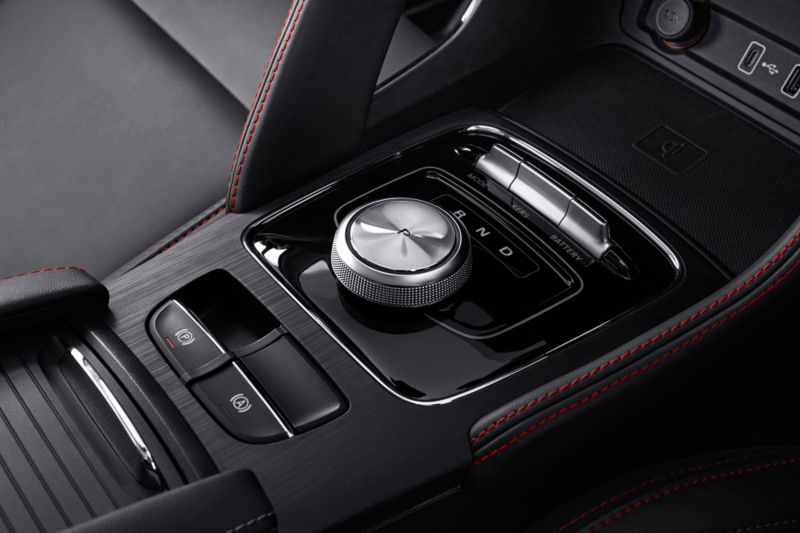What Really Affects Your Electric Vehicle's Range
Electric vehicles (EVs) are changing driving experiences, that means it is essential to understand the factors that affect their range. From battery size to the terrain, numerous elements come into play. In this article, we will discuss the factors that determine how far your EV can go on a single charge.
Technical Factors
a Battery size
At the heart of your EV's range is its battery size. Larger batteries can store more energy, which translates to longer ranges. When considering an EV, evaluate the battery capacity; choosing one that aligns with your daily driving needs is crucial. Electric vehicle (EV) batteries significantly reduce carbon footprints and environmental pollution compared to traditional internal combustion engine vehicles.
b Technical specifications and design
The efficiency of the electric motor, the vehicle's weight, and aerodynamics contribute to how efficiently your EV uses its stored energy. In general, EVs produce zero tailpipe emissions and are more energy efficient. When considering a purchase, inquire about the vehicle's technical specifications and seek out models known for their energy-efficient design. As a buyer, prioritise EVs with superior technical efficiency to maximise your range.
c KERS (Kinetic Energy Recovery System)
KERS is a car system that saves energy when you brake, and then uses it later to go faster. This saved energy is kept in a special storage like a flywheel or high voltage batteries.
Driving-related Factors
Your driving habits
Your driving habits can make a world of difference in your EV's range. Employing efficient techniques like coasting (moving easily without using power) and gentle acceleration helps conserve energy. Many EVs feature an "Eco mode" that fine-tunes performance for peak efficiency. Activating this mode can markedly extend your range. E.g. MG ZS EV comes with three driving modes: Eco, Normal and Sports Mode. Eco mode is an efficient driving mode that maximises range and optimises energy consumption, thus providing the best results in terms of range of vehicle, Normal mode is a driving mode that balance range and driving performance. Sports Mode is an accelerated driving mode that provides more power to enhance the performance and deliver an exhilarating driving experience.
Driving conditions: speed and style
Higher speeds need more energy, and that reduces your EV's range. Aggressive driving with rapid acceleration and braking drains the battery faster. Similarly, stop-and-go city commuting and high-speed highway cruising both influence efficiency. Wind resistance and tire pressure also factor in. You can optimise your range by maintaining proper tyre pressure and adopting smooth acceleration and braking techniques.
Natural factors
Terrain
The lay of the land matters when it comes to EV range. Driving on flat, even terrain is less taxing on your battery compared to navigating hilly landscapes. Climbing steep inclines requires more energy, potentially reducing your range. If your electric vehicle has regenerative braking, going downhill can aid in recovering part of that energy.
Weather
Weather conditions, including temperature might impact your EV's range on a single charge. For instance, the battery's chemical reactions slow down in extreme cold temperatures, which lowers efficiency. On the flip side, extreme heat puts added stress on the battery's cells. To mitigate these effects, consider pre-conditioning your EV while it is still plugged in to help stabilise the battery's temperature before hitting the road.
Conclusion: enhancing EV range
Advancements in battery technology and recycling, along with economic incentives and policies, contribute to the overall environmental benefits of EVs. Optimising the range of your EV reduces charging costs as you need fewer charging stops. As a result, there are fewer emissions, and you lower your carbon footprint. It also extends the battery life and increases the EV’s resale value.
By maximising your EV's range, you are not just getting more out of your vehicle; you are embracing a more sustainable, cost-effective, and convenient way of driving.






